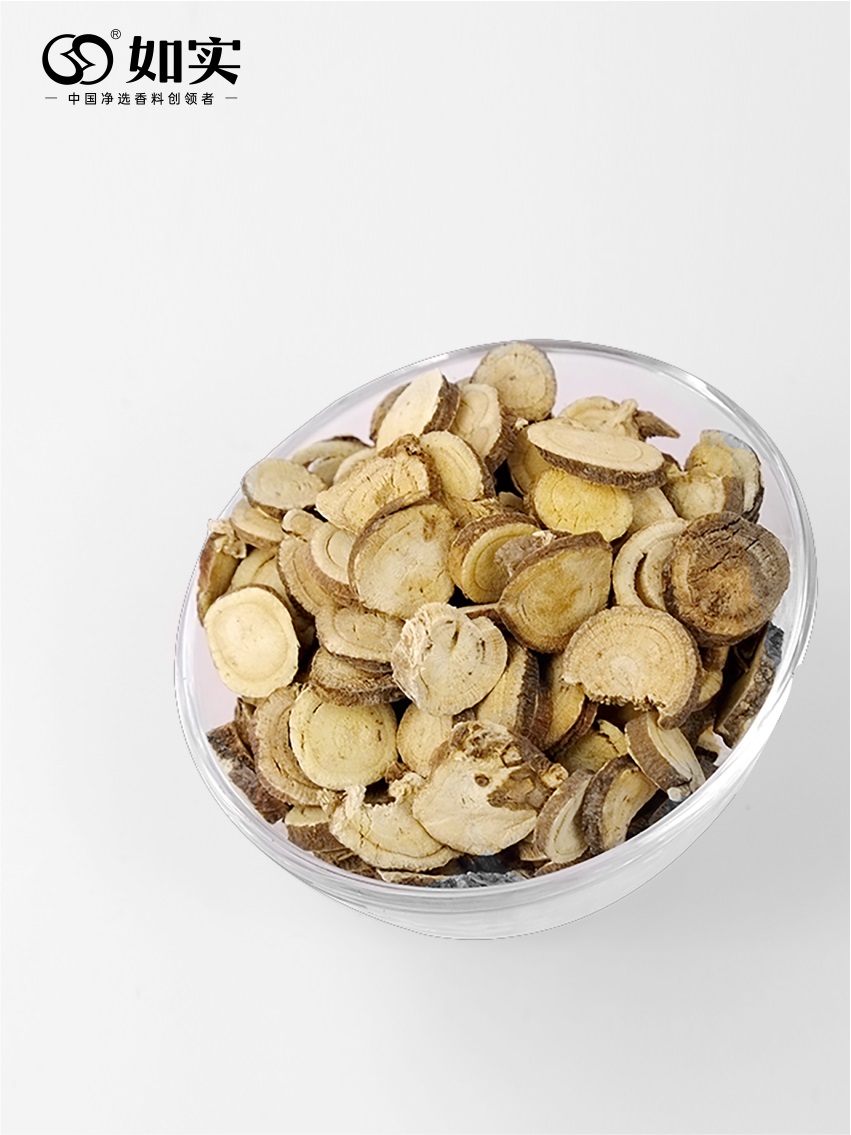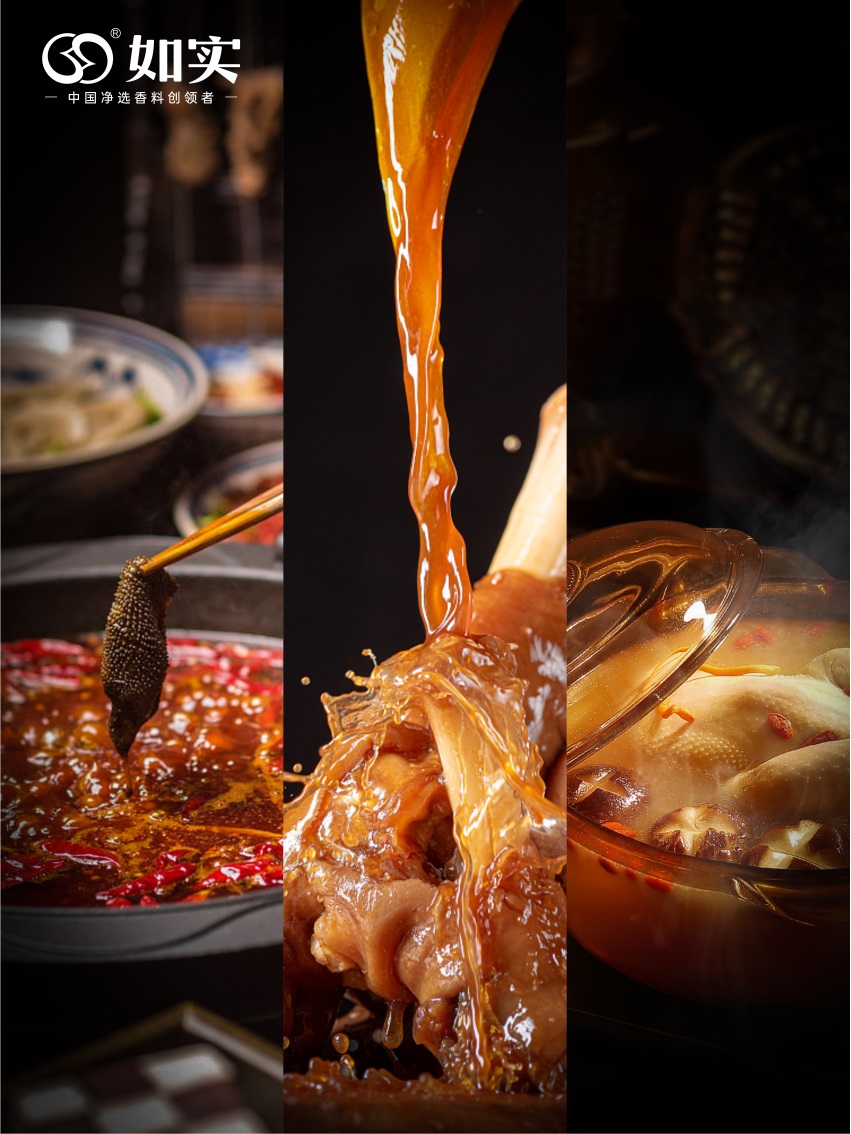Licorice is a miraculous spice produced in Gansu, China. It can be used both in pharmaceuticals and food preparation.
Licorice is an essential spice in marinades, primarily to harmonize various spices, allowing their complex aromas to blend well, and to enhance the aftertaste of dishes.
Licorice can also be used in marinades, stews, hot pots, and other cooking methods. It is important to note the amount used to avoid excessive sweetness or bitterness.
When selecting licorice, choose ones that are smooth on the surface and naturally colored, with a rich sweet fragrance from the Asian spices company.

Licorice

Licorice produced in Gansu, China
Common licorice products in the market include licorice sweeteners, licorice extracts, glycyrrhizic acid, and licorice flavonoids. Crude licorice extracts can retain the unique original flavor of licorice very well. Licorice sweeteners are used in food cooking to effectively harmonize various flavors, making the taste even and smooth, achieving a rich aroma and moderate taste, often applied in compound seasoning flavor foods. Licorice extracts have a special aroma-enhancing effect, used in beverages to enhance sweetness and aroma when added to coffee, tea, and other drinks. Glycyrrhizic acid can be used as a leavening agent, seasoning, sweetener, etc. In bread products, it acts as a leavening agent; in beer, it makes the foam richer and more stable; used in soy sauce and other seasonings and foods, it provides a better soft texture and mitigates salty flavors; added to dried fruits and other foods, it offers cooling, lung-refreshing, sweetening, and aroma-enhancing effects.

Marinades, stews, hot pots
Traditional cooking uses licorice as a spice. As a spice, it removes odors, balances aromas, and serves both as a sweetener and seasoning, a rare dual-purpose agent. Additionally, it has preservative and quality-retaining functions.
Due to licorice's unique taste and sweetness, it is generally not used alone but rather in combination with star anise, cinnamon, amomum fruit, and other spices, such as for marinating products. In marinated products, licorice mainly harmonizes and adjusts flavors, softening the spiciness of other spices and reducing bitterness.
Tips: When using licorice from custom seasoning supplier, be mindful of the amount to avoid excessive sweetness or bitterness.

Smooth surface, natural color, rich sweet fragrance
Observe the color: High-quality licorice should be reddish-brown or dark brown. Avoid selecting licorice that is overly bright or has an unusual color.
Check the fragrance: True licorice should have a rich sweet aroma, not a pungent smell. Licorice treated with sulfur will have a pungent smell.
Taste test: The taste of licorice should be rich and sweet, with a lingering aftertaste.
Check the shape and texture: Authentic licorice has longitudinal wrinkles, grooves, and lenticels on the surface, with sparse fine root marks. The cross-section shows a distinct ring pattern and chrysanthemum heart, with visible growth rings.
